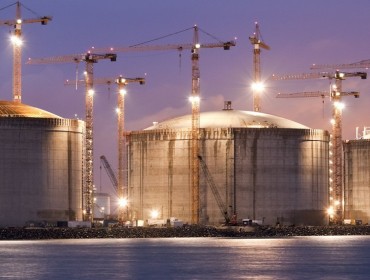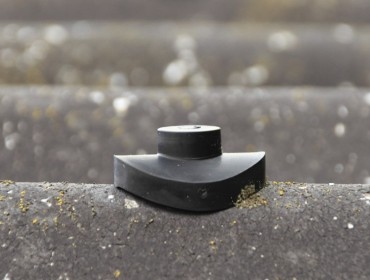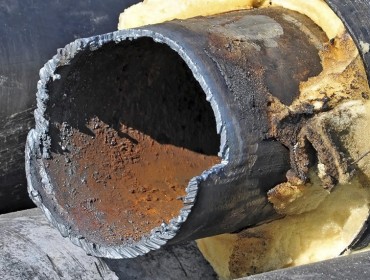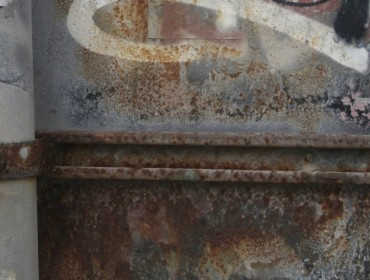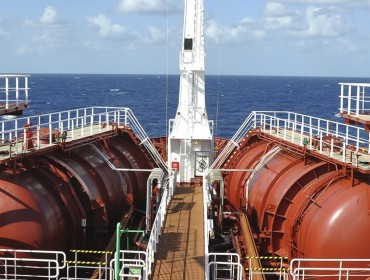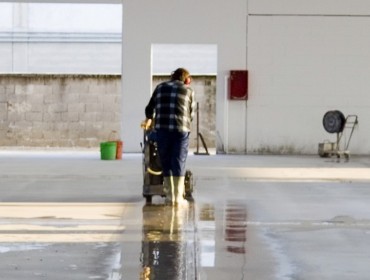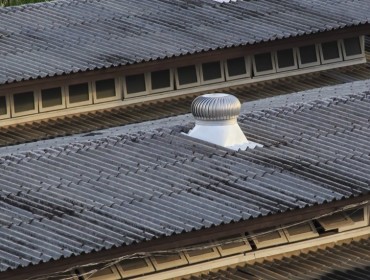Temporary Steel Protection
HOW TO PROTECT YOUR STEEL ASSETS
How and why to use Staingard?
⤳ Scenario 1. Delivery of a scratch free JCB. The ‘as is’ process for a steel fabricator:
- A manufacture fabricates a steel product that is part of a larger steel structure.
- Whilst the product is inspected, quality issues are found.
- The imperfection is addressed, but as it is painted – it needs the paint blasted off, then the structure is fixed, then repainted.
- Product is then shipped to site and inspected again.
- Product is rejected because it got damaged in transit.
- Product is sent back to manufacture to be re-blasted.
- Product is sent back to the customer and re-inspected with everyone holding their breath waiting to establish if the asset is in pristine condition.
- Customer is happy with the product quality, but the customer is not happy that they have had to wait longer than their quoted available to promise date.
➲ Scenario 1. The ‘to be’ process for delivering a scratch free steel product using Staingard AC:
- A manufacture fabricates a steel product.
- The product is inspected and issues are found.
- The imperfection is addressed – but as it is painted – it needs the paint blasted off, then the structure is fixed, then repainted.
- This time the fabricator sprays it with Staingard AC to protect the asset.
- Product is sent to site and inspected, but this time Staingard AC protects the asset and it passes and customer is happy the first time around.
⚝
⤳ Scenario 2. The ‘as is’ process for the steel fabricator completing the manufacture of a finished product to be sent to a customer
- A manufacture fabricates a steel product – doesn’t yet know what colour or finish will be required, so it is put into stores for stock. An order comes in for 4 products and they all need to be green.
- Fabricator goes to spray the products but sees some have deep scratches down them, so they need to be reworked. Then they can be painted green.
- Finished product is shipped to customer.
- Products are inspected on arrival. 3 pass the inspection and 1 is rejected.
- Product is then shipped back (more time wasted for the customer), re-blasted (more cost in labour and materials), then resprayed (more cost), then resent to the customer (more cost).
- Customer reinspects the product, is happy with it, but unhappy with the delay (potential financial implications here).
➲ Scenario 2. The ‘to be’ process for the steel fabricator completing the manufacture of a finished product to be sent to a customer using Staingard AC
- A manufacture fabricates a steel product – doesn’t yet know what colour or finish will be required, so they spray it with Staingard AC and it is put into stores / stock.
- Order comes in for 4 products and they all need to be green.
- Fabricator goes to spray the products, peels off the Staingard – all 4 are in perfect condition – so the part is painted and then resprayed with Staingard AC.
- Finished product is shipped to customer.
- Products are inspected on arrival. All 4 pass the inspection.
- Customer is happy, customer service level scores for OTIF (On Time in Full) 100%.
⚝
⤳ Scenario 3 without Staingard AC – the ‘as is’ process
- Totally Oil have a big steel oil tank that needs a new liner.
- They empty the tank, de-gas, clean and blast the tank in readiness for the weld inspections.
- 2 weeks later, the inspector looks at the welds.
- They pass or fail and then the tank is given to painters to re-line.
- The painters have to re-blast is because it has rusted over the 3 weeks. They re-blast, remove the grit and send it all to industrial waste.
- They repaint the oil tank.
➲ Scenario 3 with Staingard AC – the ‘to be’ process
- Totally Oil have a big steel oil tank that needs a new liner.
- They empty the tank, de-gas, clean and blast the tank in readiness for the weld inspections. They then spray it with Staingard AC.
- 2 weeks later, the inspector looks at the welds through the Staingard AC (yes, tested and approved to inspect through).
- 2 weeks later the painters peel the Staingard AC away a section at a time to paint the blasted steel underneath.
- They roll the Staingard AC up into a ball and put it in the normal waste stream.
⚝
Conclusion:
Staingard AC reduces the risk of steel being damaged, either in storage, in transit or on site whilst construction continues for up to 12 months!
Benefits:
- Staingard AC takes unnecessary cost out of the supply chain
- Staingard AC takes unnecessary time out of the supply chain as product arrive in a usable condition first time, every time!
- Staingard AC helps improve customer service levels for Fabricators and suppliers of steel products
- Staingard AC is solvent free and can be disposed of easily

